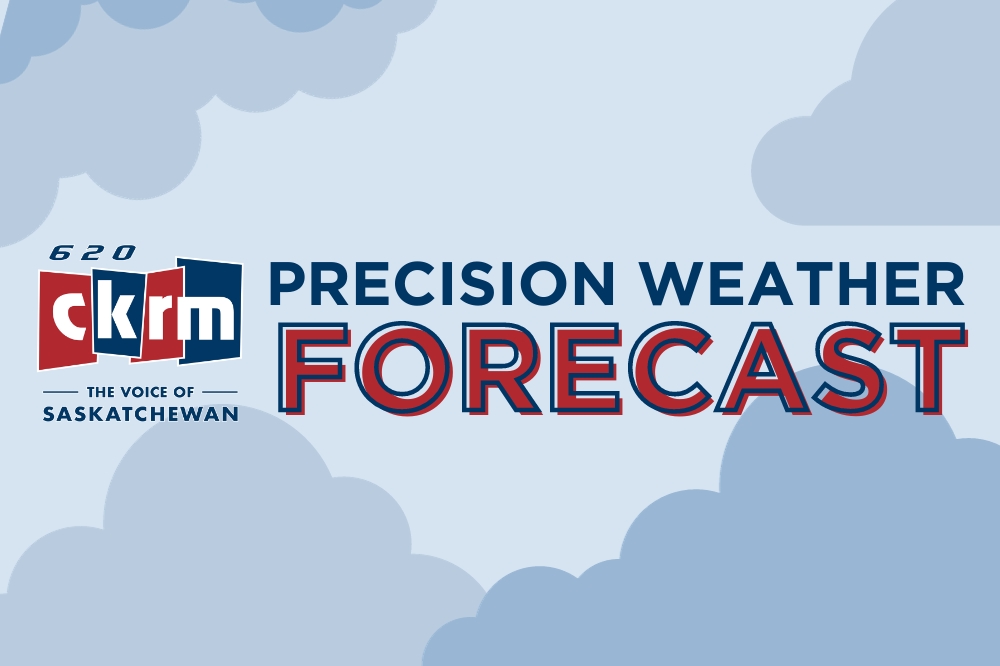A research project looking to figure out a better way to calculate Canada’s homeless population stopped by the Queen City.
“The Homelessness Counts” research project is collecting data surrounding the homelessness situation in Canada and is building on past work looking at how existing databases, such as provincial health data, could be better integrated and used in a more accurate, accessible and cost-effective way to determine rates of homelessness. This can allow a more accurate picture as numbers continue to rise.
Cheryl Forchuk, the assistant director at Lawson Health Research Institute in Ontario and lead researcher on the project, said locally in Regina, she was surprised at what she heard from frontline workers and those experiencing homelessness.
“A less positive thing that stands out that really contributes to homelessness is the decision to not allow people on provincial public assistance to have direct payment of bills,” she said. “I know when I’ve talked to homeless people many times, they say what allows them to get out and stay out, it was often the simple things such as being able to directly pay the landlord.”
“If you’re on provincial income support, that’s something like $600 a month, inclusive of everything, so at best, you may be able to rent a room, but you probably aren’t going to really have a lot left for food. Having that payment made upfront and knowing that you’re not going to lose that is very important,” she continued. “We certainly heard it from participants; that’s how they lost their housing by losing the ability to pay people directly as a recurring monthly thing.”
Forchuk said she were surprised to find the policy in Saskatchewan, noting that she isn’t aware of any other province that still implements it.
“The average citizen doesn’t have to remember, say on the first of every month, to pay their mortgage or to pay the landlord,” she said. “Most of us have as many bills as we can set up with direct payments so things don’t get missed. When someone has such minimal income to not allow a direct regular payment really puts people at risk.”
The project looks at 28 communities nationwide, including Regina and Prince Albert. Forchuk said that better data leads to better support for homeless people.
“With more accurate numbers, we can get the homeless sector more appropriately funded, but also be able to plan appropriate programs because if we don’t know who’s homeless, we don’t know how to do that.”
She said that currently, Regina uses three ways to calculate how many people are experiencing homelessness.
“There’s Point In Time counts, there’s also a federal system called High Fence, but it primarily looks at how many people are using the shelter system, and then the third thing that many communities are using is what’s called a By Name List. They try to keep track over time,” she said. “The problem with all three methods is that you have to touch the homeless system in order to count.”
Forchuk noted that they have figured out a more accurate way of using healthcare system data, but it could be better.
“We actually could pretty accurately figure out if they touched the health care system, whether or not they were homeless by using basically a mathematical formula,” she said. “It’s still going to underestimate it because not everyone touches the health care system every year, but we actually found almost three times as many people than what the federal numbers would have suggested for Ontario by looking at health data instead.”
The Federal Government estimates that there are 230,000 people experiencing homelessness over an entire year in Canada.
“I don’t think anyone who works in the sector would think that those numbers are accurate, and I don’t think even the federal government does, but that’s the best they have right now,” Forchuk said. “Those federal numbers are largely based on touching the homeless sector and are really based on about 68 communities across the country. What’s missing is the small rural communities and some of our northern communities.”
Forchuk added that they found that shelters are turning away two people for everyone that comes into a shelter.








